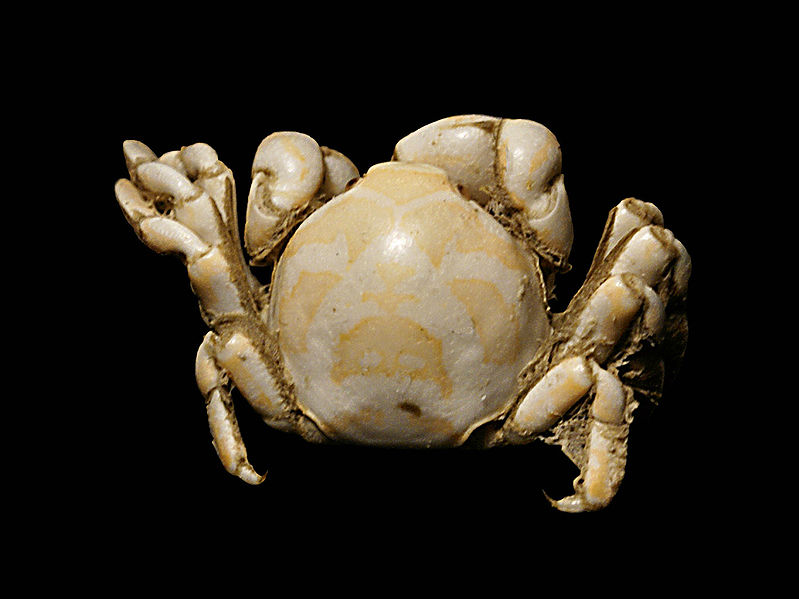iPhylo

Following on from my earlier grumble about how the catalogue of Life handles literature, I've spent an afternoon mapping publications in the "itis".publications table in a copy of ITIS to external GUIDs, such as DOIs, Handles, and SICIs in JSTOR. The mapping is not complete by any means, but gives an idea of how many publications have GUIDs.You can view the mapping here. Many of the publications in ITIS are books, which don't have DOIs.

A bit more browsing of the Catalogue of Life annual checklist for 2007 reveals a rather annoying feature that, I think, cripples the Catalogue's utility. With each release the checklist grows in size. From their web site:However, with each release the identifiers for each taxon change.
The Encyclopedia of Life web site is up, together with some rather breathless publicity and this cool movie. Of course, it's all vapourware just now. I'm involved in some of the informatics in an advisory role. It will be interesting to see what happens. Let's hope that the fate of EoL will be different to that of the similarly ambitious All Species. Oh, and then there's SpeciesBase... For some reaction see Slashdot.

I think this isn't supposed to happen, but here's a paper with two DOIs.The first DOI is doi:10.1651/0278-0372(1997)17[253:MPAOTC]2.0.CO;2, which links to a record served by BIOONE.

Playing with the recently released "Catalogue of Life" CD, and pondering Charles Hussey's recent post to TAXACOM about the "European Virtual Library of Taxonomic Literature (E-ViTL)" (part of EDIT) has got me thinking more and more about how primitive our handling of taxonomic literature is, and how it cripples the utility of taxonomic databases such as the Catalogue of Life.
From One Big Library, a nice screencast of why Google's interface works, in contrast to the clunky interfaces favoured by libraries (and databases such as TreeBASE). (If you don't see the video here, visit http://www.youtube.com/watch?v=ijLDxgALc2c.)

David Kidd has put together evoviz.org. To quote from the wiki:There is movie demo online at GUBA.

In his post Matthew Cockerill lists three "practical things that Google could do to improve the communication of scientific research", one of which I'd like to highlight:I think this is timely because I've been thinking about citation in the broader sense (e.g., citation networks for GenBank sequences, museum specimens, and taxonomic names). Part of this has come out of thinking about using citation networks to find good phylogenies, but also
E. O. Wilson's wish list has been posted on the TED site, and Donat Agosti has some commentary on biodivcontext. Apparently, even Bill Clinton was outshone.
